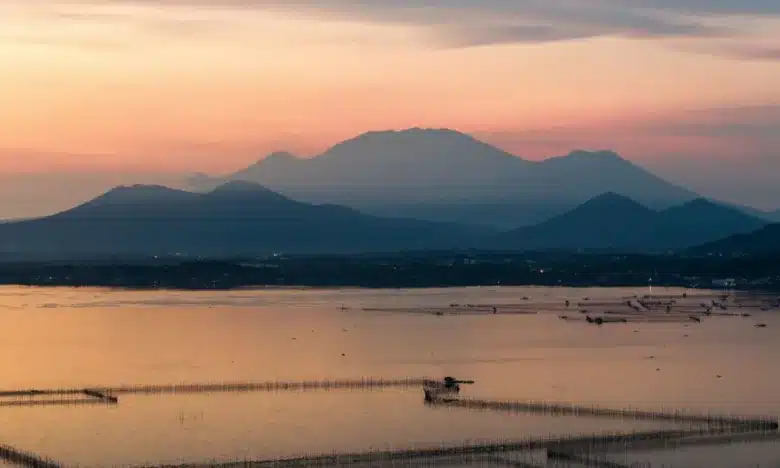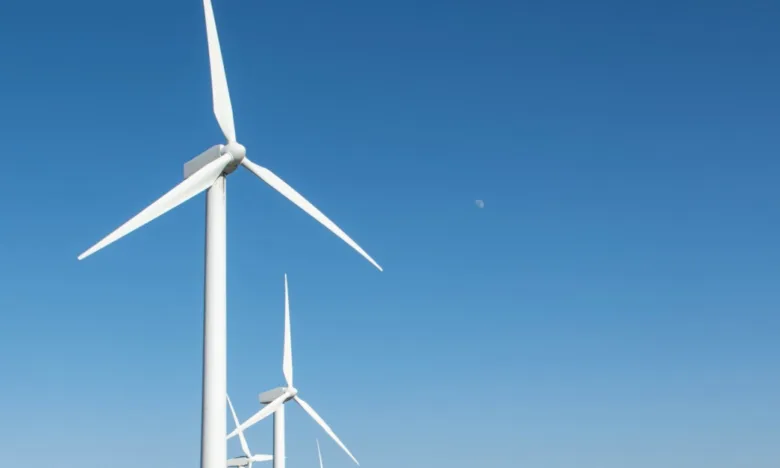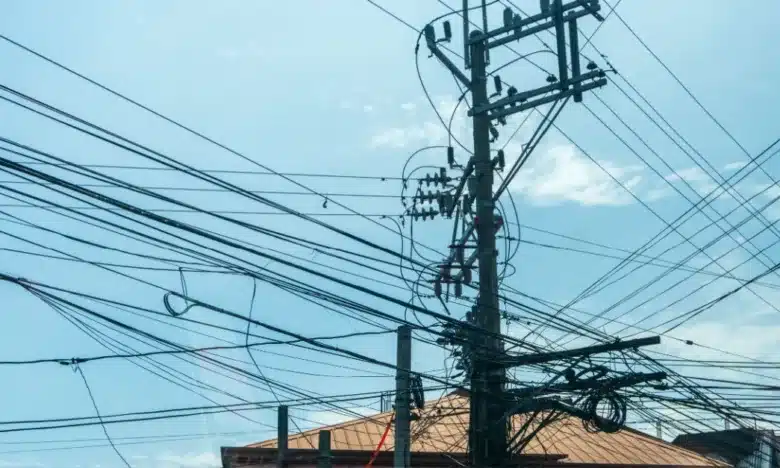
Study Reveals Solar and Wind Energy’s High Costs in the PH
- March 28, 2025
The Philippines has set ambitious targets to increase the share of renewable energy (RE) in its energy mix, aiming for 35% by 2030 and 50% by 2040. To achieve these goals, the government is accelerating the development of RE projects through various initiatives and policy reforms.
Green Lane, established under Executive Order No. 18 in 2023, streamlines permits and approvals through a One-Stop Action Center for Strategic Investments (OSACSI).
To attract more investors, the government removed foreign ownership restrictions, allowing full international investment in RE. This has boosted global participation and industry growth.
The Green Energy Auction Program is also advancing RE by auctioning hydropower and geothermal projects, promoting competition and accelerating development.
Despite these efforts to advance a more sustainable energy future, the question remains: Is the Philippines ready for this transition? A thought-provoking study by Robert Idel, an economist with a Ph.D. from Rice University, presents a more accurate method for measuring electricity costs, particularly in the context of solar and wind energy in the Philippines.
(Also read: NAIA Power Interruption Frustrates DOTr Chief)
A deep dive into the study
Robert Idel, an economist with a Ph.D. from Rice University, developed the Levelized Full System Costs of Electricity (LFSCOE) to give a more accurate picture of energy pricing.
Unlike traditional methods, which overlook the fact that wind and solar power aren’t always available when needed, LFSCOE factors in the extra costs of making these energy sources reliable—such as storage and backup power.
In 2024, Idel applied this approach to the Philippines, analyzing how the country’s seasonal weather patterns affect the viability of RE. This offers a clearer view of the true cost of producing electricity from solar and wind.
The findings for the country’s wind energy are as follows:
Higher capacity but seasonal challenges
Wind power appears more productive than solar overall, but its efficiency drops significantly below solar for nearly three months during summer, making it less reliable when energy demand is high.
Higher costs
Despite having a higher capacity factor, wind energy is more than twice as expensive as solar due to the lack of steady wind flows in summer.
Limited wind infrastructure
Wind energy is barely developed in Mindanao, further limiting its impact on the country’s energy mix.
Lower electricity consumption per capita
The Philippines, despite its large population, consumes relatively little electricity per person. This lower demand affects the scale of investment needed for RE infrastructure, making large-scale wind projects less immediately viable.
Meanwhile, key insights on solar energy are:
Land constraints
Unlike larger countries, the Philippines has limited land, and large-scale solar farms compete with agriculture for space. This makes expansion more challenging.
Hidden costs
The cost estimates for solar energy do not include land expenses, which are high in the Philippines. This means actual costs could be significantly higher than projections suggest.
Breaking down the study’s conclusion
Idel’s findings highlight key challenges and opportunities for RE in the Philippines. While solar and wind have potential, their competitiveness depends on factors like seasonality and storage costs. Key takeaways include:
Renewables are not yet cost-competitive
Neither wind, solar, nor a combination of both can currently match the cost of dispatchable energy sources when factoring in system-wide expenses.
Storage costs are crucial
RE technologies that depend on storage, like wind and solar, could become much more viable if battery costs drop by 80%. In contrast, dispatchable power sources like nuclear and natural gas are less affected by storage costs.
Renewables could compete under relaxed reliability standards
If solar and wind are not required to meet demand 100% of the time, they could become cost-competitive with higher-cost dispatchable sources. This means that if the energy grid allows for some reliance on backup power sources during periods of low solar or wind output, renewables could still play a major role in the energy mix without needing costly storage solution
These findings emphasize the need for country-specific energy strategies. While RE has potential, storage advancements and strategic planning will be key to making it a reliable and affordable option in the Philippines.
(Also read: Should the Philippines Phase Out Coal?)
Local expert’s view
Economics Professor Fernando T. Aldaba also highlighted the need for caution in the swift transition to RE, emphasizing that while the shift is necessary, an overly rapid approach could lead to unintended consequences.
“One of the most pressing challenges in the transition to renewables is the intermittency of energy sources like solar and wind,” he wrote. “Unlike fossil fuels, which provide continuous power, renewables are dependent on environmental conditions.”
He also mentioned that large-scale RE projects can have environmental and social impacts. “Hydropower plants, for instance, require vast amounts of land and can lead to deforestation, loss of biodiversity, and displacement of local communities,” he noted.
Additionally, the extraction of key materials for renewable technologies, such as lithium and rare earth metals, involves intensive mining, which carries its own environmental risks.
Another challenge lies in the global supply chain for renewables. Many critical components used in solar panels, wind turbines, and battery storage systems are sourced from a limited number of countries. “This concentration of supply can lead to vulnerabilities in the event of geopolitical tensions or trade disruptions,” he wrote. To mitigate this, the Philippines must work toward diversifying its sources and developing local manufacturing capabilities.
Aldaba stressed that the country’s energy transition must balance stability, affordability, and sustainability. While increasing the share of renewables is a worthy goal, a pragmatic approach is necessary. Investments in grid modernization, energy storage, and workforce reskilling must accompany the transition.
By addressing these challenges, the Philippines can move toward a cleaner energy future without compromising energy security or economic stability.
Sources:
https://drive.google.com/file/d/19PQgA5jhDs0mC8AK8RvCtapFFUV1F9R-/view
https://businessmirror.com.ph/2025/03/07/the-risks-of-a-rapid-energy-transition-in-the-philippines
https://tribune.net.ph/2024/10/04/128-re-projects-obtain-green-lane-license-boi
https://www.aseanbriefing.com/news/philippines-opens-renewable-energy-to-full-foreign-ownership/
https://doe.gov.ph/geap



